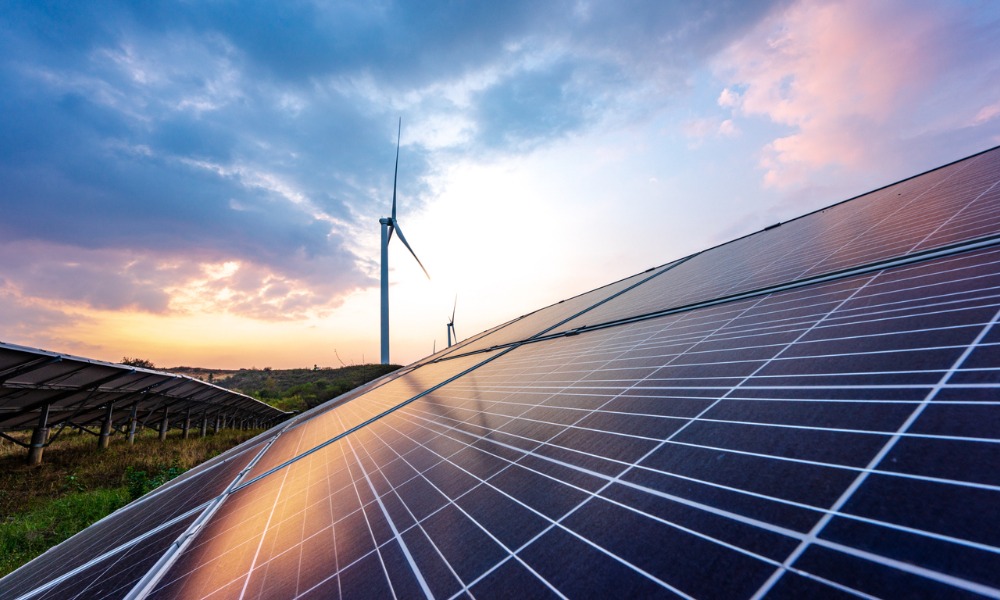Gallagher navigates risks in Australia’s renewable energy boom

Gallagher navigates risks in Australia’s renewable energy boom | Insurance Business Australia
Environmental
Gallagher navigates risks in Australia’s renewable energy boom
Insurance strategies outlined
Environmental
By
Roxanne Libatique
Gallagher has delved into Australia’s renewable energy sector, which includes wind, solar, hydrogen, hydro, geothermal, and wave energy.
The brokerage giant highlighted that each source presents unique risks during various stages of development and operation.
Assessing risks for any asset requires companies to consider their exposure to legal, financial, regulatory, contractual, and physical risks, as well as the social impact. Gallagher said a thorough understanding of risk profiles enables companies to practice effective corporate governance, making informed decisions on managing identified risks through risk transfer or retention.
“Often, full understanding of a company’s risks is best achieved through the risk expertise and advice of a broker and working in collaboration closely and concurrently with both operational and financial teams to consider all perspectives around what the identified risks mean to their business,” it said.
Insurance strategies for renewable energy projects
Specialist brokers with industry knowledge and insurance market experience guide businesses in managing risks through insurance policies or deciding which risks to retain. Solutions may include:
traditional insurance;
customised products; alternative risk transfer solutions; or
a combination.
According to Gallagher, the key for any energy company is understanding the total cost of risk, encompassing both insured and self-insured risks.
Another crucial aspect is meeting the requirements set by financial institutions, such as lenders mandating certain risk coverages.
Risk management through renewable energy project phases
For companies in low-carbon energy, risks are evaluated at different stages. During the startup phase, risks are primarily corporate rather than operational. Balancing current risk profiles with future growth aspirations is essential at this stage.
As companies progress to the development or construction phase, the risk profile evolves. Multiple projects requiring financing influence this phase, with investors playing a key role in deciding which risks to retain or cover. Protective guarantees against potential investment losses during construction and meeting contractual sales obligations are significant considerations.
After construction, the focus shifts to ensuring adequate asset coverage, considering technological advancements and value changes from the initial financial investment decision to completion. The goal is to protect against output loss while meeting contractual and regulatory obligations.
Reliability and consistency of production are critical concerns for new energy forms, impacting the ability to meet contractual obligations.
Gallagher advised insurance brokers to understand sales agreements and responsibilities in case of production issues.
“A major factor with any new form of energy is the reliability and consistency of production. This is most critical when it comes to meeting the contractual obligations of energy sales or supply agreements. It is imperative that the insurance broker fully understands sales agreements and imposed responsibilities if production is compromised,” it said.
How risks change when transitioning from traditional energy to renewables
Traditional exploration and production (E&P) companies transitioning to renewables face a significant change in risk profiles, requiring different insurance coverage and program structures. This transition often involves different insurers and underwriters compared to traditional upstream markets.
Regulatory uncertainties further complicate carbon capture and storage (CCS) insurance. As legal and regulatory frameworks develop, insurers must tailor coverage to specific project risks.
Considerations for insurers covering renewable energy
Gallagher emphasised that engineering considerations, particularly technology (new or proven), are crucial. Proven technology is generally seen as less risky, while new technology presents higher risks, affecting initial pricing, deductibles, and coverage terms.
Related Stories
Keep up with the latest news and events
Join our mailing list, it’s free!






